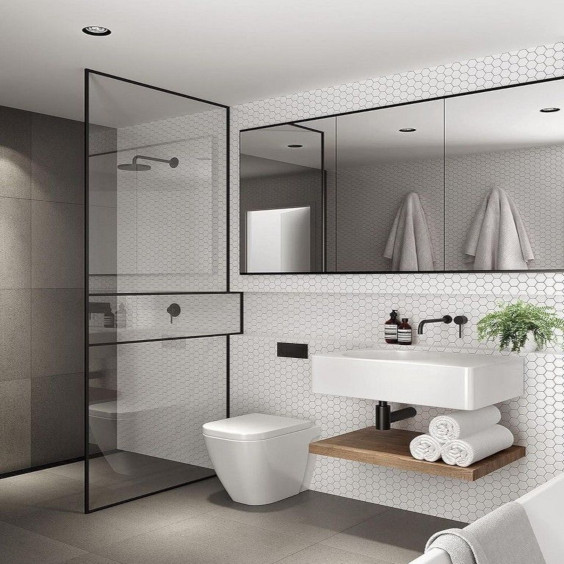Everything you wanted to know about Scandinavian Design
What is "Scandinavian Design"?
Scandinavian design characteristics focus on the following principals;
Simplicity
Function
Beauty
These fundamentals underpin the movement and create the foundations of the style we have come to know and love over the past 60 or so years.
Where does Scandinavian design come from?
Scandinavian design is from the Nordic countries of Denmark, Norway, Sweden, Iceland, and Finland. It gained prominence and took off in the 1950s, though had been going since the early 19th century.
It gained popularity in the 1950s in the wake of the Second World War. At this time, there was a fundamental shift in public opinion and societal values towards a more social democratic society. This meant that well designed and beautiful furniture that was originally only within reach of the wealthy was suddenly available to everyone, regardless of their background or socioeconomic status.
What are the principles of Scandinavian design?
Lets get right to it. As mentioned above, the underlying principles of Scandinavian design are:
Simplicity
Scandinavian design centres around the idea that all furniture should be in its simplest form. It moved away from ornate design and was simply be stripped back. Essentially, furniture was made in the barest form it could be, whilst still retaining all of its functionality. Especially not inconveniencing the user in any way.
This idea of the simplicity element is mostly due to the fact that individual items in the home should not be distracting, nor should they overwhelm all other pieces.
By keeping things simple and parred back
Function
Function is possibly the most important of all three, depending on who you ask. There is, however, a line - just because something has to be multifunctional and really earn its place in the home, doesn’t mean that it has to be ugly as a side effect.
Tightly linked to function, there was also (and still is) an emphasis on striking a balance between materials. Although they had to be the highest quality of what was available at the time, the materials used also needed to be widely enough available so that resources did not become scarce.
The importance of function is for a few key reasons:
Space is a premium in Scandinavian homes, and rent is quite high. Therefore it makes sense you’d want to avoid overpaying, and especially avoid wasting space whilst using the most of the space available.
The long winters, combined with how expensive restaurants are mean that guests are more common, so as much space to entertain is ideal.
Beauty
If the beauty and attractiveness of Scandinavian interiors and furniture could be summed up- it would be about functional and balanced beauty. Don’t be fooled into thinking that just because there’s a heavy focus upon function and simplicity (like we talked about above), that all Scandinvian interiors and furniture are plain. They’re far from it!
Scandinavians really put a lot of thought and care into their living spaces. So, although they want things to be useful and not overly complicated, they still want every piece they select for their home to be beautiful. Every piece should be able to stand on its own whilst not overpowering others when they’re all together in a room.
To give you an idea (and some inspiration whilst we’re at it) of what I mean, have a look at the examples below:
Wall art is commonly seen in Scandinavian homes and tends to be used as a way to tie rooms together - it’s a way to decorate, add some character, and inject some colour all whilst not actually taking up any space within a room (at least not where furniture is concerned).
Doesn't that mean Scandinavian design is just minimalism, then?
Yes, and no. It’s easy to see why you might think that Scandinavian design is just minimalism re-branded - and you’d be forgiven for thinking so. Although there’s certainly some overlap between the two disciplines (and whilst it’s possible for minimalism to be Scandinavian, and Scandinavian design to be minimalistic), there are also some key differences.
As we’ve covered the pillars of Scandinavian design above and talked a bit more at length about it already, let's focus on minimalism for a minute. In general, minimalism tends to use more industrial materials such as steel, chrome, and other metals. It also featured black and white colour schemes and the use of geometric shapes.
However, modern-day minimalism has become a little less strict over the years. It’s common to incorporate textures and other cosy elements which is where it gets confused with Scandinavian design.
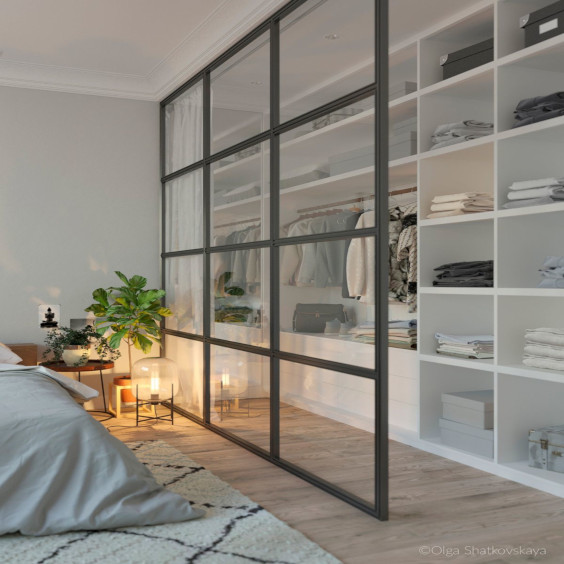
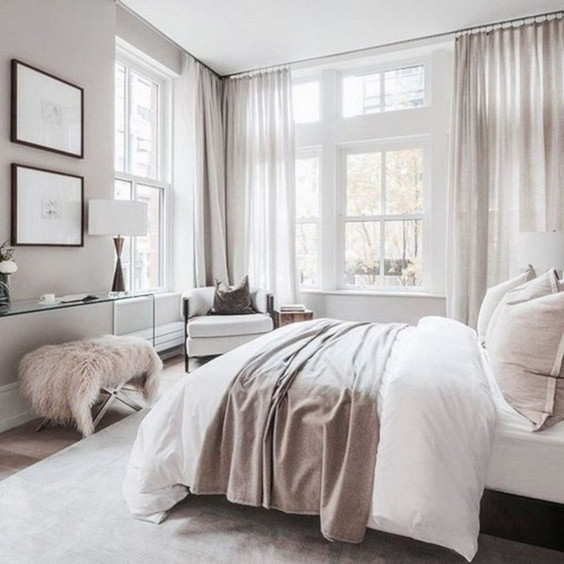
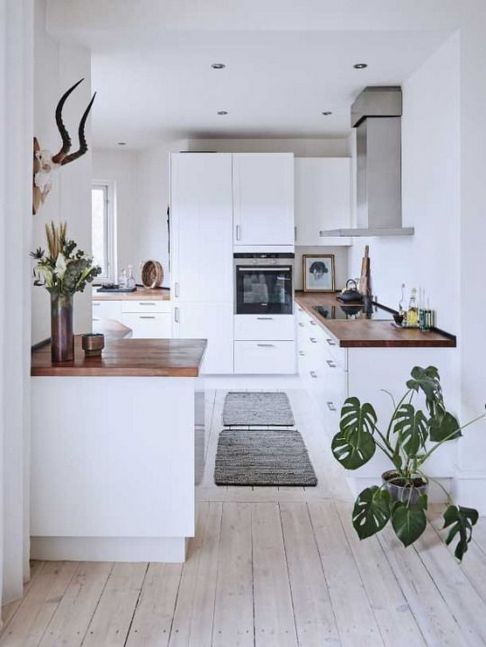
Why does everything have to be multifunctional?
The heavy emphasis on items being multifunctional, taking advantage of smart storage solutions, and generally trying to be as efficient as possible with belongings stems from a subject we’ve touched on above: high rent, smaller apartments, and expensive per square meter cost. By fewer items serving more useful functions, this means that clutter can be avoided, whilst maximising the use of space that’s available within the apartment.
You’d think this meant that Scandinavian design had an undeniably over-utilitarian element throughout. However, highly-functional, built-in storage solutions were early concepts within Scandinavian design. Therefore, the balance of beauty and functionality has been perfected!
Scandinavian design inside the home
The main focus of Scandinavian design inside the home extends to more or less every aspect you can think of - not just furniture. The way storage spaces are designed and used can also fall under the movement. This is mostly because any piece of furniture in the home should serve a multi-functional purpose where possible. Whether it’s a bed with drawers, a sofa bed with space for duvets and pillows so that everything is self contained, or a rail with shelf clothing rack so that shirts and shoes can be stored in one small space - the key theme is efficiency.
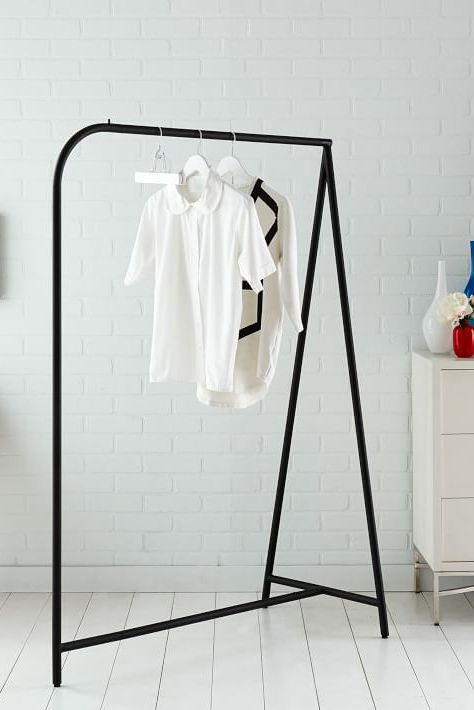
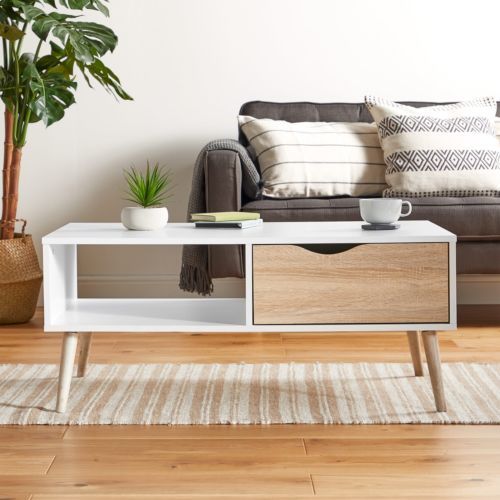
With that said...
Regardless of whether you’re looking to spice up your wardrobe, your living room, or your walls, hopefully you’ve found some of what we covered useful.
If you’d like to see more wall art, then why not have a look at some of our best sellers from Project Nord.
Written by Jack Luke Fitzsimons
Images sourced from Pinterest and Project Nord website.





